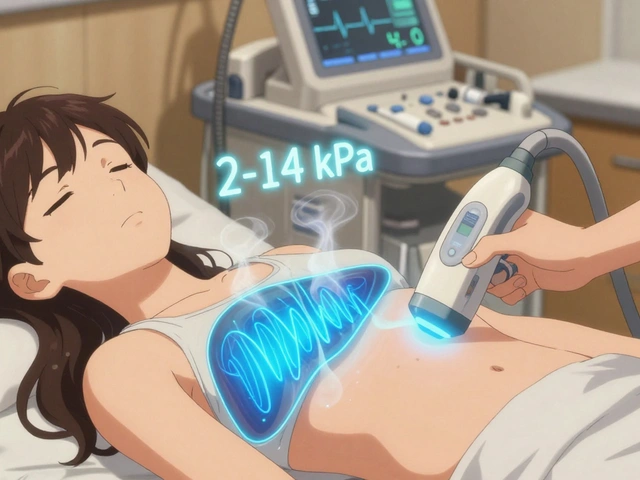GERD: Understanding the Condition, Symptoms, and Solutions
When dealing with GERD, gastroesophageal reflux disease, a chronic condition where stomach acid frequently backs up into the esophagus causing irritation and damage. Also known as acid reflux, it affects millions worldwide and can lead to uncomfortable symptoms and long‑term complications. Acid reflux, the backward flow of stomach contents into the throat often triggers the burning feeling many call heartburn. In more severe cases, doctors prescribe proton pump inhibitors, medications that reduce stomach acid production by blocking the enzyme H⁺/K⁺‑ATPase. Understanding GERD helps you recognize the link between daily habits and esophageal health, and prepares you for the choices you’ll face when managing the disease.
Key Topics Covered
Typical signs of GERD include persistent heartburn, sour‑tasting regurgitation, and a sensation of a lump in the throat. When the acid irritates the lining of the esophagus, it can cause esophagitis, inflammation and possible ulceration of the esophageal tissue. Many patients also report chronic cough, hoarseness, or asthma‑like symptoms because acid can reach the voice box. Diagnosis often starts with a detailed medical history and symptom diary, then moves to tests such as upper endoscopy or 24‑hour pH monitoring that objectively measure acid exposure. These assessments reveal whether a hiatal hernia – a condition where part of the stomach pushes up through the diaphragm – is contributing to the reflux, a factor that can worsen symptoms and influence treatment decisions.
Managing GERD isn’t limited to prescription pills. Lifestyle changes, adjustments to daily habits that lower the chance of acid flowing back into the esophagus are the first line of defense. Simple steps like eating smaller meals, avoiding lying down for at least three hours after eating, and elevating the head of the bed can dramatically cut nighttime reflux. Dietary triggers vary by person, but common culprits include spicy foods, citrus, chocolate, caffeine, and fatty meals. Reducing alcohol intake and quitting smoking also lessen the pressure on the lower esophageal sphincter, the muscle that normally keeps stomach contents where they belong. When lifestyle tweaks aren’t enough, over‑the‑counter antacids or H2‑blockers can provide quick symptom relief, while stronger prescription options such as proton pump inhibitors are reserved for severe or persistent cases.
Long‑term success often hinges on a combination of monitoring and proactive care. Regular follow‑up appointments let your doctor track symptom improvement, adjust medication dosages, and watch for potential complications like Barrett’s esophagus, a precancerous change in the esophageal lining. If symptoms suddenly worsen, or you experience difficulty swallowing, unexplained weight loss, or vomiting blood, seek medical attention promptly. Armed with a clear understanding of GERD’s causes, symptoms, and treatment pathways, you’ll be better equipped to make informed choices and keep acid reflux under control. Below, you’ll find a curated collection of articles that dive deeper into specific drugs, lifestyle strategies, and emerging research related to GERD and its management.

Erosive Esophagitis & Celiac Disease: Understanding the Link
Explore how erosive esophagitis and celiac disease are linked, what symptoms overlap, how doctors diagnose both, and effective treatment steps to manage the duo.
Continue Reading


